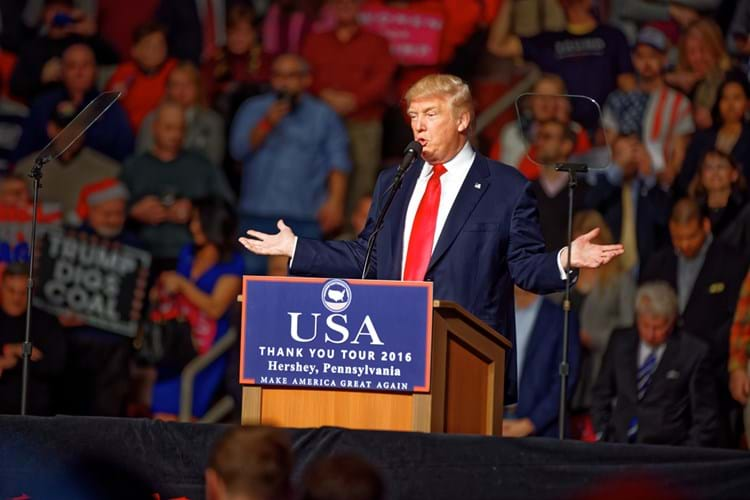
The 10% tariff on $200bn (£152bn) of Chinese goods, due to be introduced by the Trump administration next week, rising to 25% in 2019, is part of an intensifying trade war with China in protest at the country’s “unfair policies and practices”.
Art and antiques originally created in China but exported from any port in the world were destined to be taxed, along with food, animal skins, technology, building materials, chemicals and other Chinese products.
An original tariff list published on July 10, 2018 included Chinese paintings, drawings, pastels, prints and lithographs, original sculptures, as well as “antiques of an age exceeding 100 years”.
On a revised list of imported Chinese goods to be subject to the tariff, issued Monday, September 17, art and antiques no longer appear.
Art market protest
The removal of art and antiques from the tariff list is a victory for art market trade bodies in the US and UK, dealers and global auctioneer firms including Christie’s, who protested at the proposal through a formal consultation process during the month of August.
In a statement, the United States Trade Representative said it had "engaged in a thorough process to rigorously examine the comments and testimony and, as a result, determined to fully or partially remove 297 tariff lines from the original proposed list".
“Illogical" proposal
At US trade department hearings held in Washington, DC on August 23, leading cultural lawyer Peter Tompa argued that imposing tariffs on Chinese art would be an “illogical” move more likely to damage art businesses and collectors based in the US and Europe than in China.
Reacting to the success of the art market's lobbying efforts, Tompa of Washington, DC law firm Bailey & Ehrenberg, told ATG: “We are grateful that USTR and the administration recognised that tariffs on Chinese art would only hurt American small business and cultural exchange with our allies in the UK, Europe and Asia, especially Japan."
"Benefit to Chinese auctioneers"
He added that tariffs "would only further redirect Chinese art long outside the country back to Chinese auction houses with links to the Chinese government".
New York-based Chinese works of art dealer James Lally, who organised responses from US dealers to the proposed tariff, described it as “self-defeating”. He argued erecting barriers to the transfer of Chinese art into the US would work in the Chinese government’s favour.
UK dealers supported their colleagues in the US in the anti-tariff protest. A tariff on Chinese art would have been “a lose-lose for America,” London dealer Stuart Marchant told ATG.
The US market for Chinese works of art would move to Europe and other duty-free selling centres, while critically weakening the purchasing power of US collectors and museums when buying abroad, Marchant argued. “They are shooting themselves in the foot,” he added.





